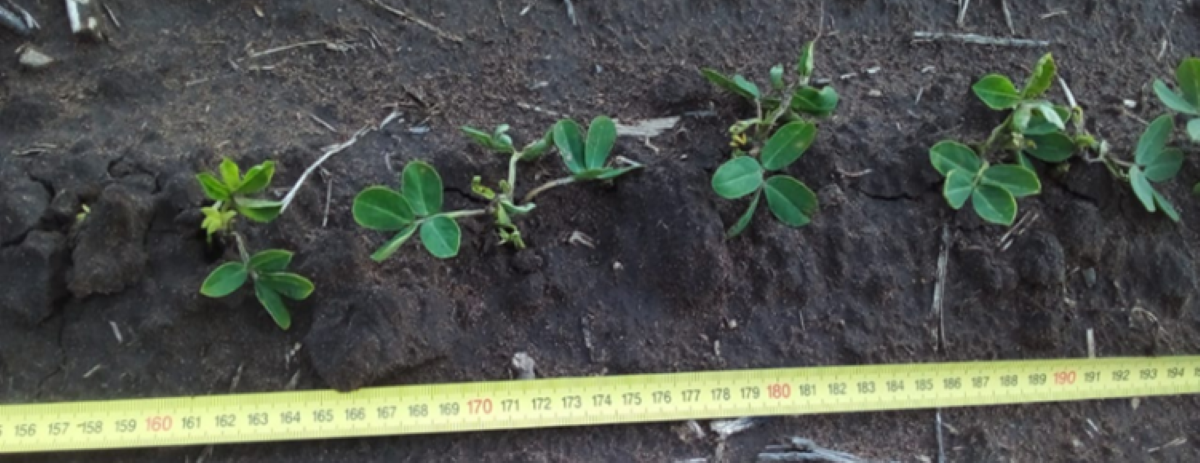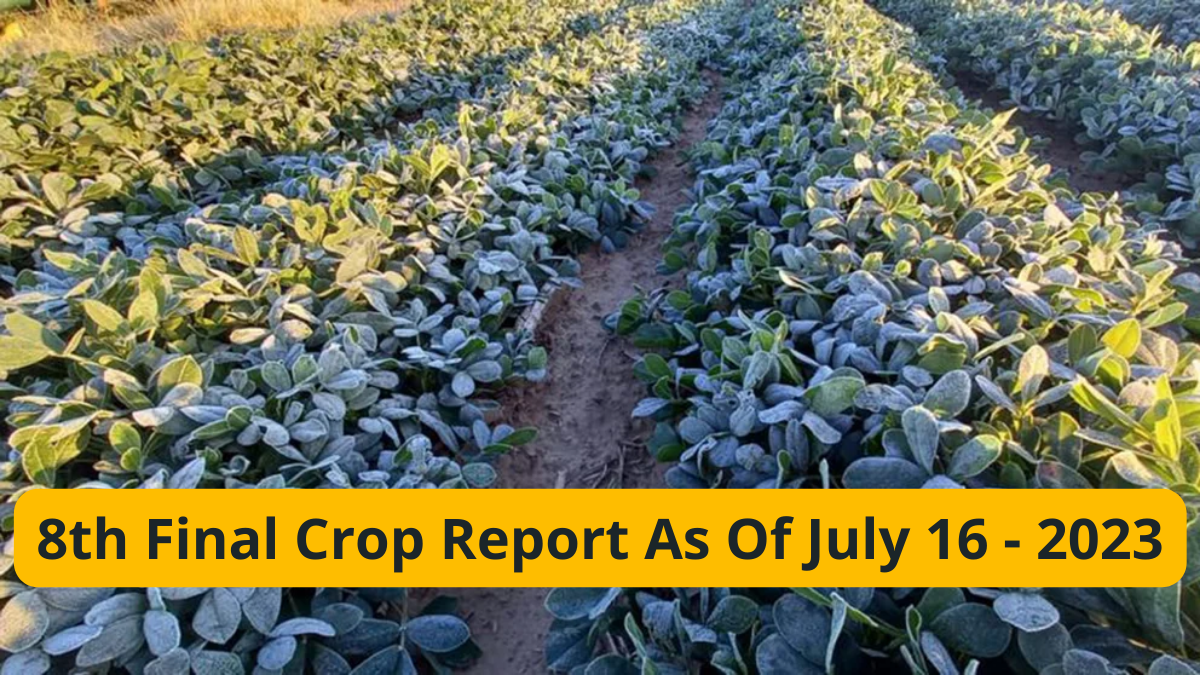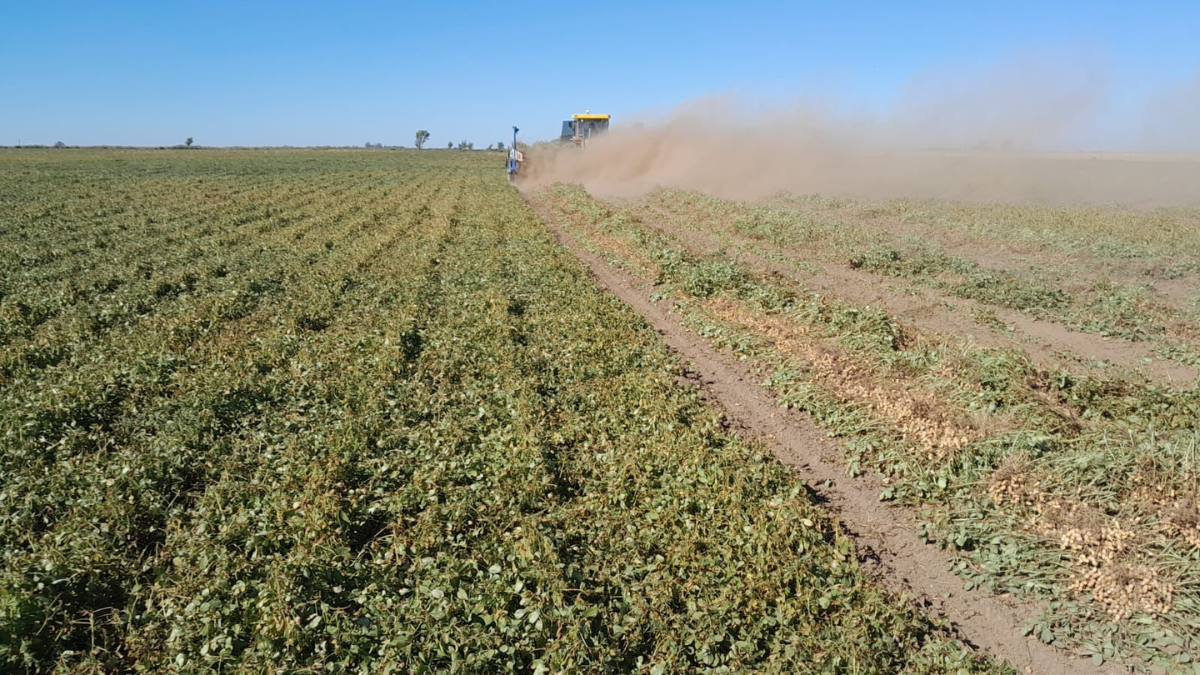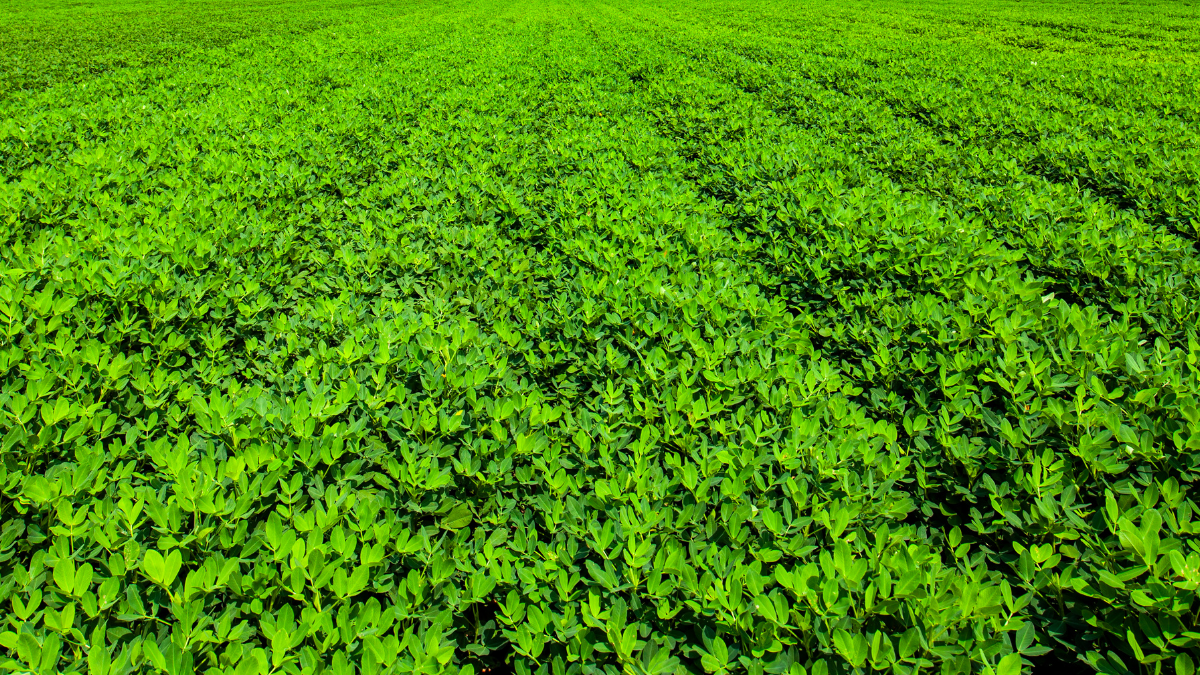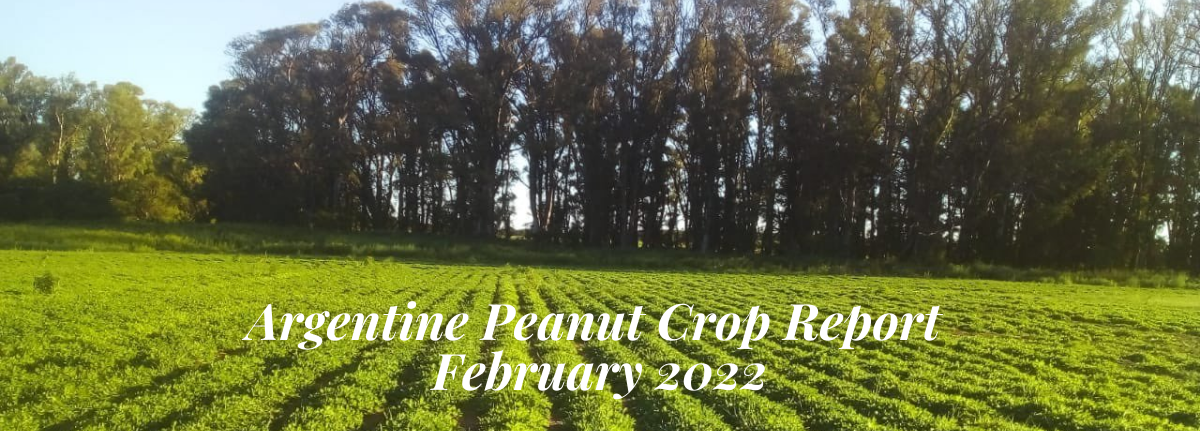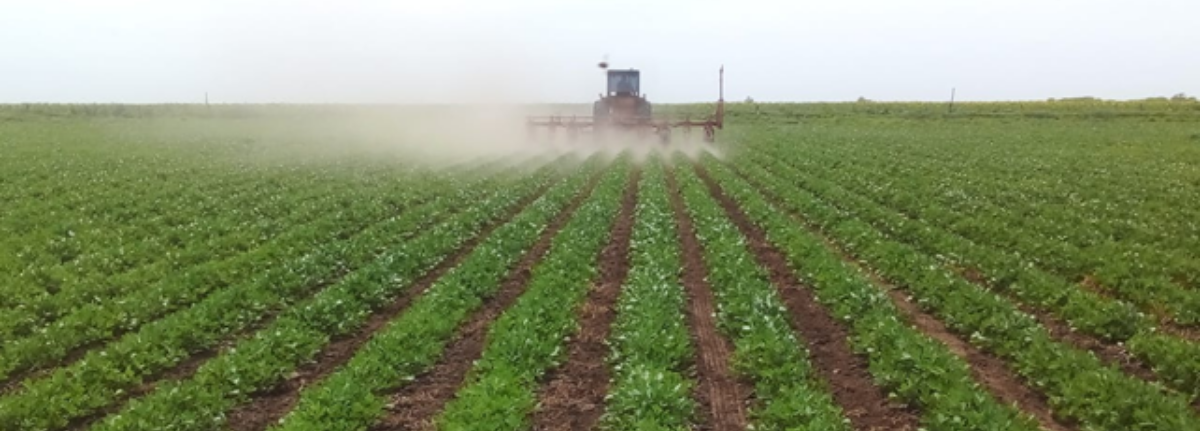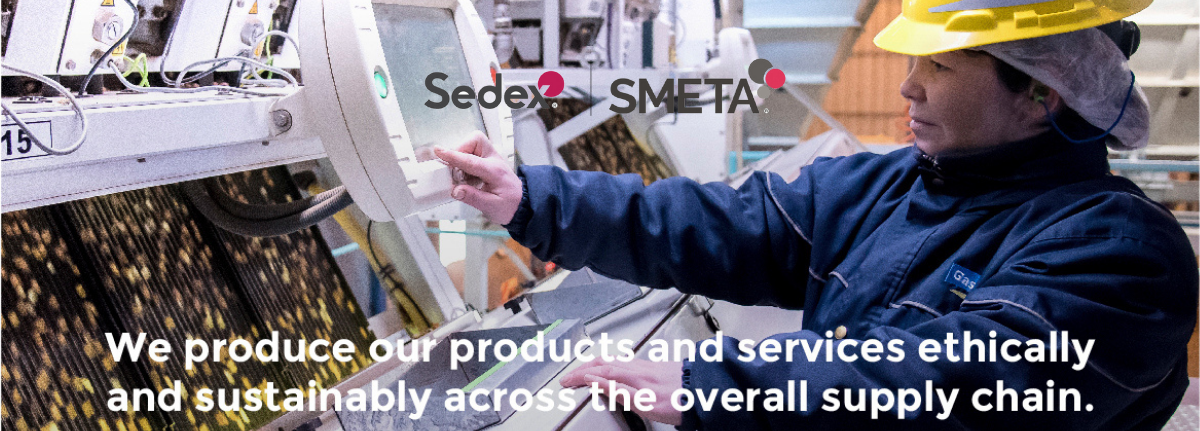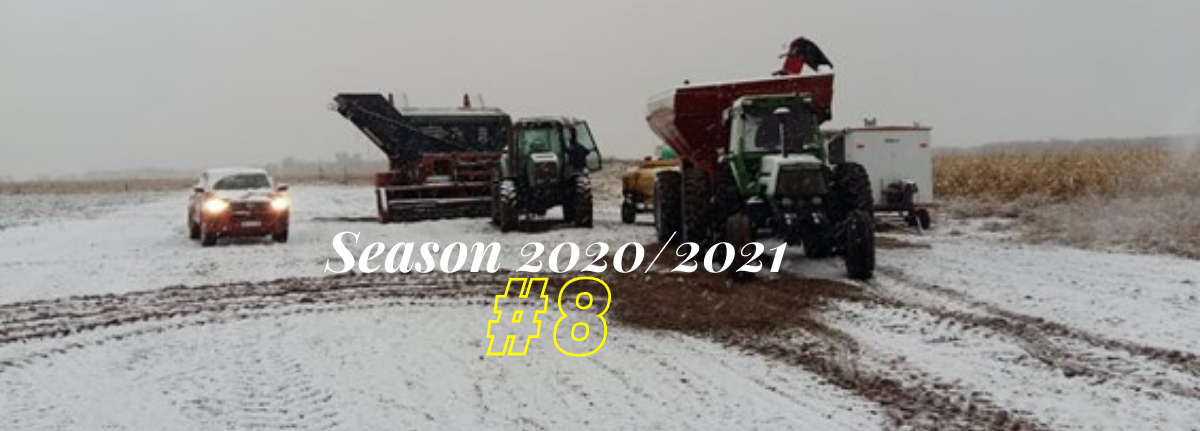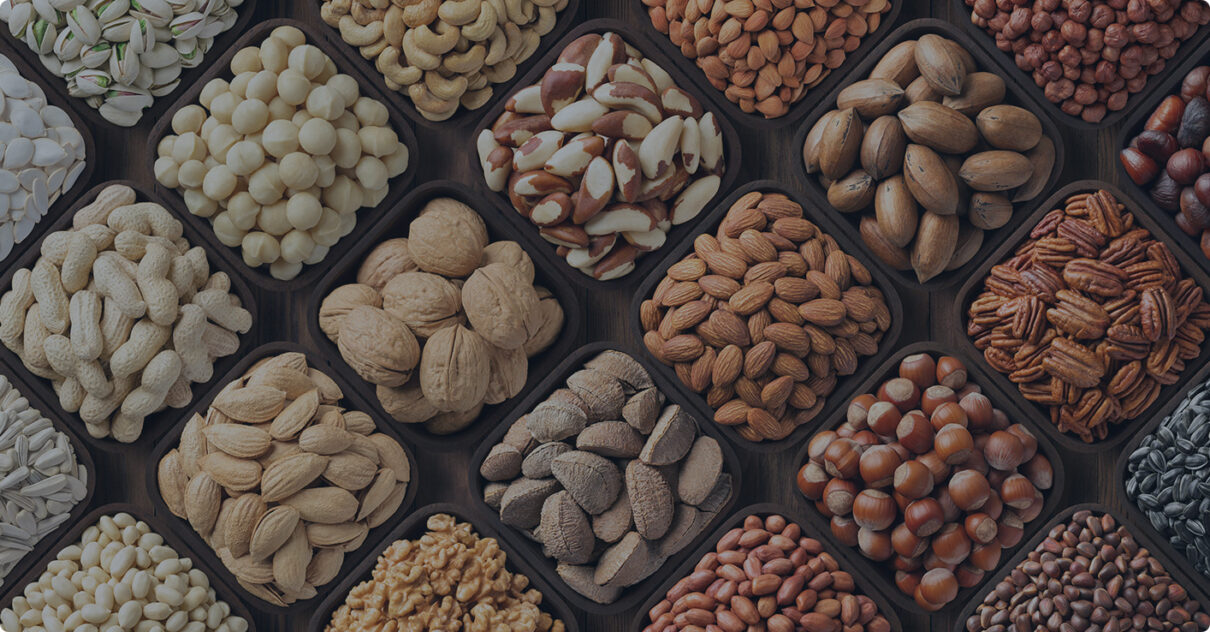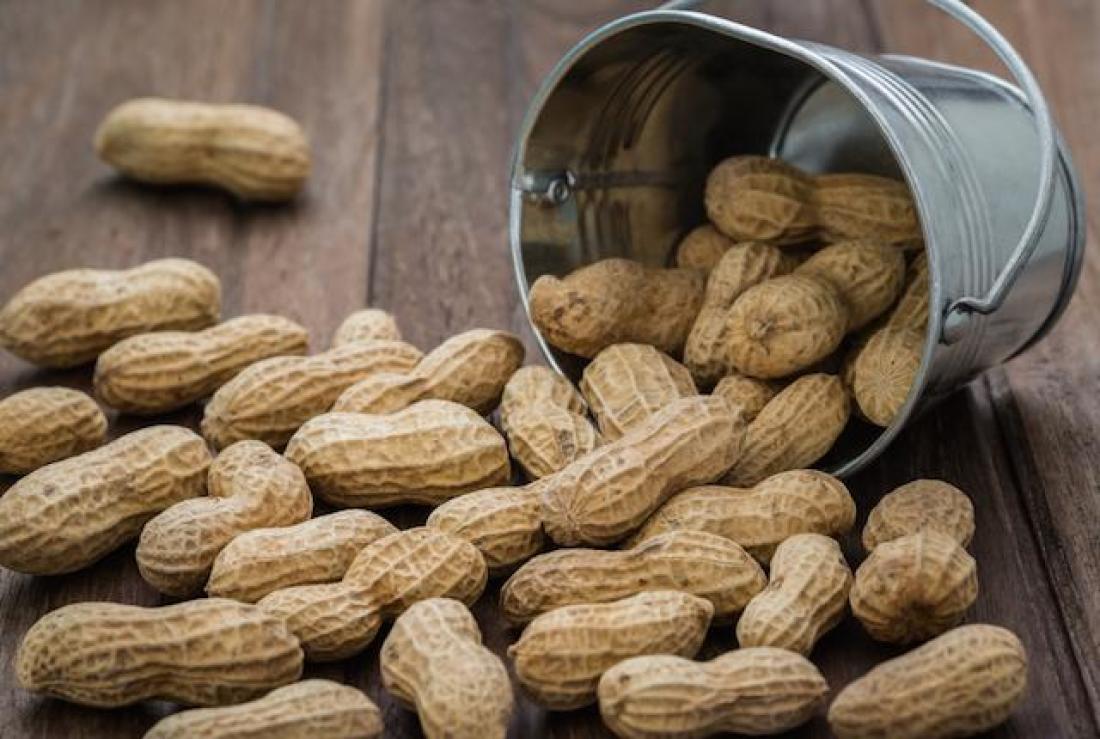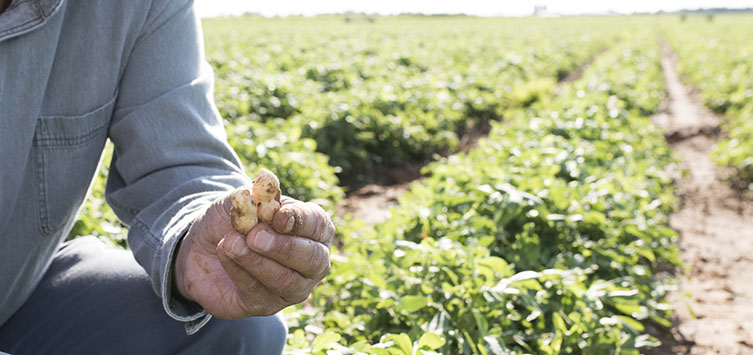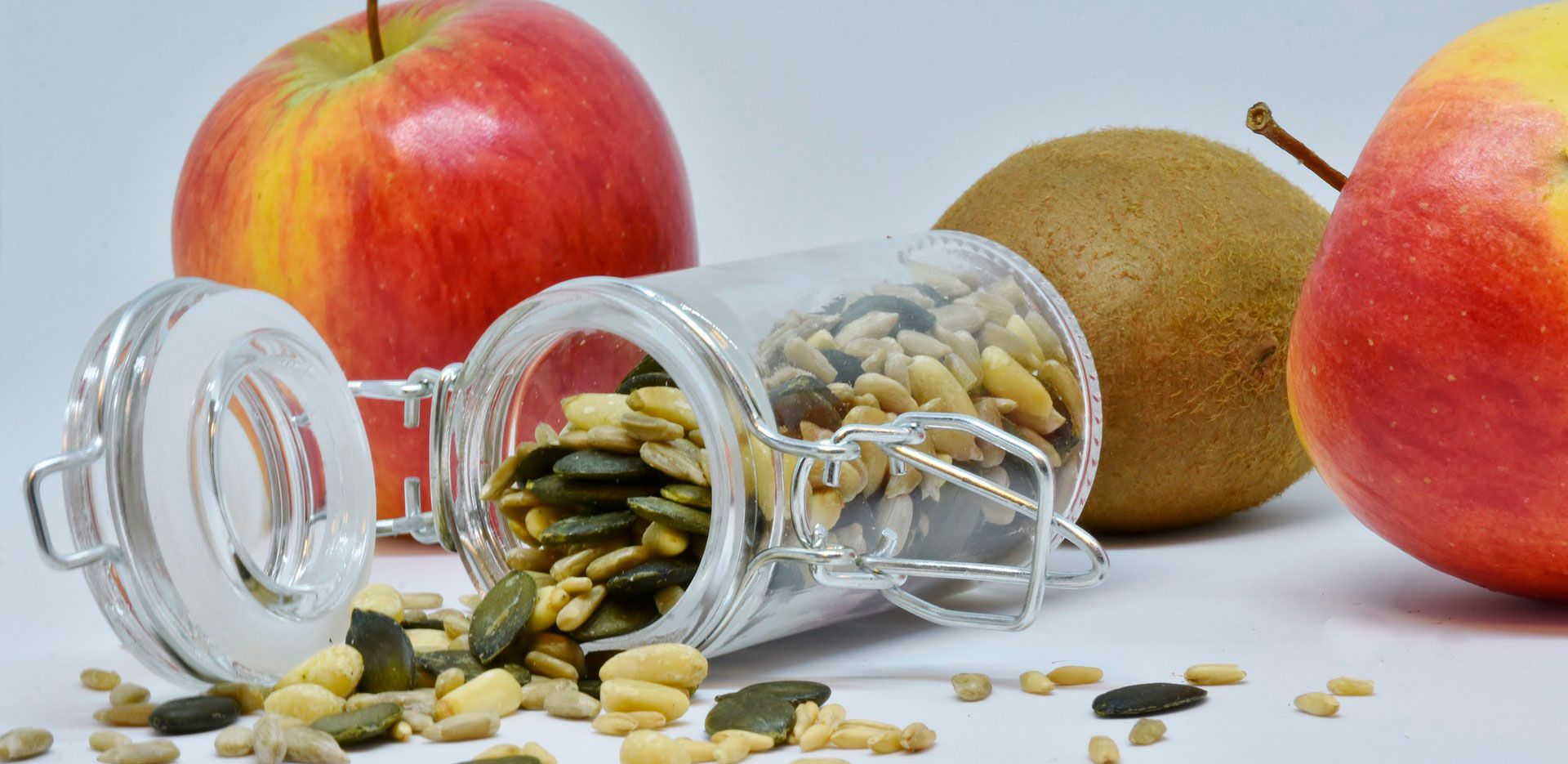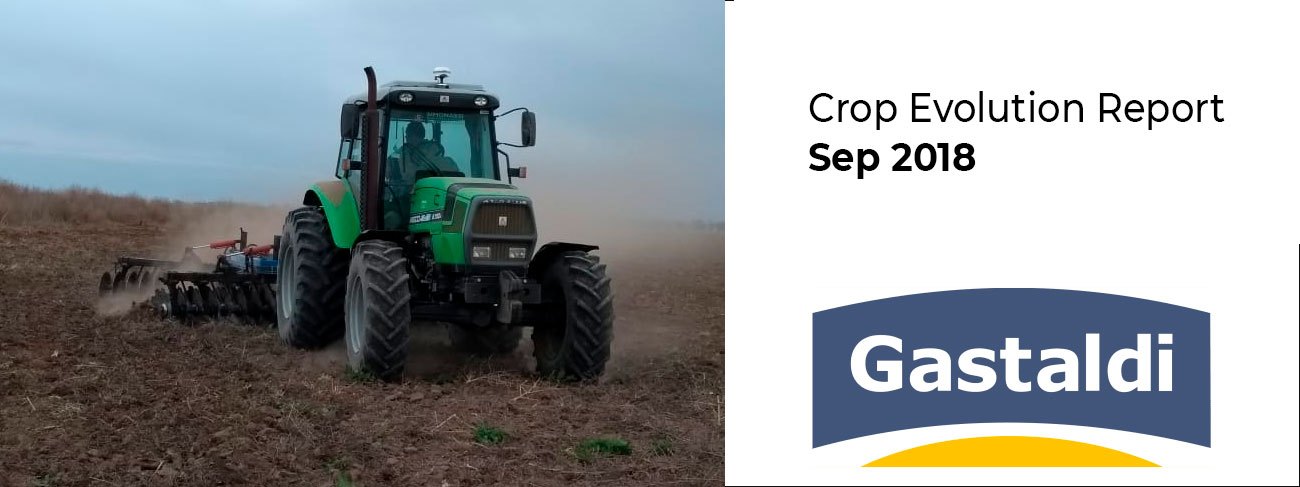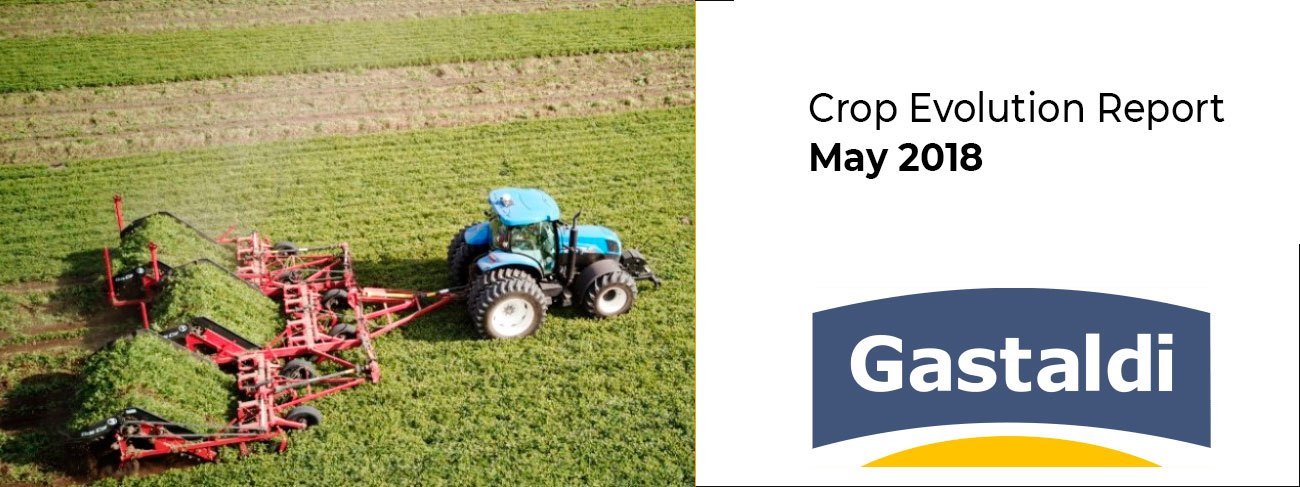
1st Peanut Crop Report as per November 17th 2022
General Overview
With rainfall well below expectations and historical averages throughout the winter and spring season, Argentina is starting a new peanut season. Producers from all reference areas have started a new season in which the highest expectation is to achieve better results than last season in terms of performance, given the high costs this year, mainly due to the high landlease.
Until last week, there had been no significant rains, which made it difficult to start planting in some areas, since the moisture levels in the soil were not adequate. Temperatures had also been below historical records for this time of the year, to the point that frosts occurred at the end of October, which produced a greater degree of uncertainty, because they significantly affected peanut germination and emergence. In the South Zone (La Pampa and Buenos Aires provinces) the frosts were more pronounced. In some cases it was decided to replant those farms of peanuts that did not arrive at the stand of suitable plants, so as not to affect future performance.
We consider that the delay in the plantings was not critical, and that delay could be completely reversed productively if the weather conditions are suitable.
During the second week of November, slightly more widespread rains appeared and the temperature rose to normal levels. Before these rains, plantings had only started in the southern, central-southern and eastern areas, but now they are resuming in all the remaining peanut areas (Main peanut area map).
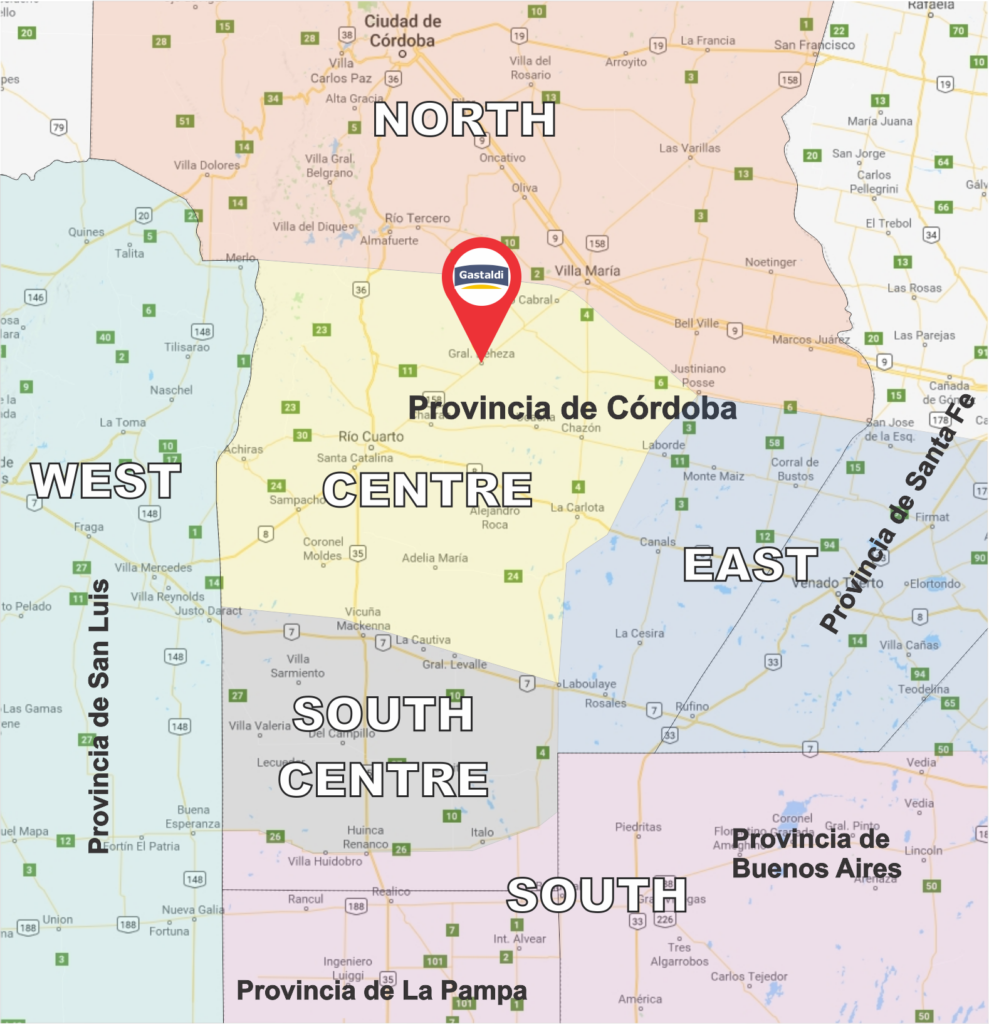
As of the date of this report, overall planting progress is 74%, while the remaining 26% is expected to be reached in the next 10 days.
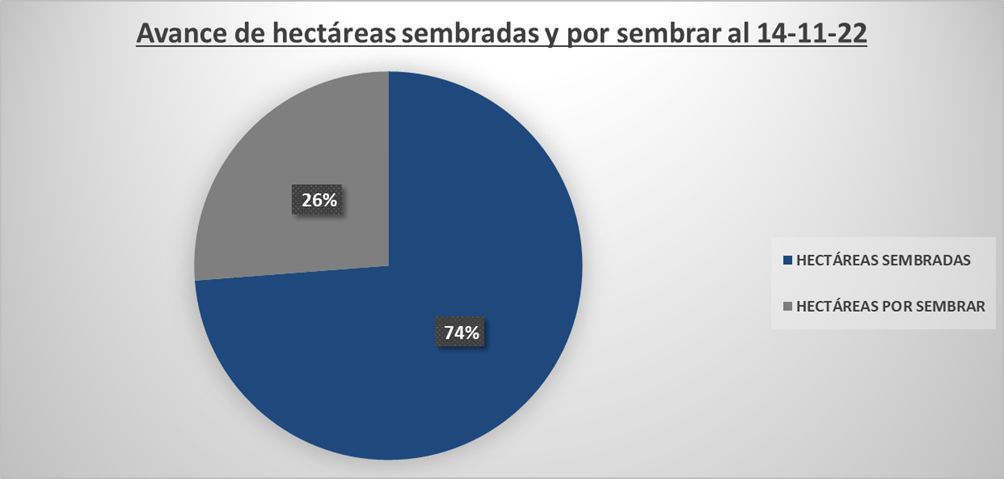
If that is the case, the plantings will have been carried out within a normal schedule, which runs from October 23 to November 25.
The western areas of Córdoba and the northwest of San Luis are the ones that show the worst records of useful water reserves, with which they are somewhat further behind than the rest.
Analysis of rainfall and temperatures
As previously mentioned, significant rains occurred in the peanut area during the first and second week of November, improving the conditions to continue planting and emergence of planted peanuts.
In the central area, the average rainfall in the last climatic event (November 11-14) was 45 mm and brought great relief to producers. In the northern area, the average rainfall was around 80/90 mm and, although necessary, such a large amount of rain in a short period of time created isolated problems mainly related to rural roads. However, those problems are expected to be overcome soon. The eastern and central-southern areas received a very good amount of mm, these areas are better in terms of soil moisture reserves. The western zone, which was the most critical in terms of underground water records, received less considerable rainfall compared to other areas. However, the records were enough to start the planting tasks.
We also observe a great areal climatic variability, with anomalies in rainfall compared to other years. This shows that the main climate models conclude that the trend remains as a La Niña year during the summer.
Below is a map of the rainfall recorded last weekend in the province of Córdoba, which concentrates the largest amount of peanuts in Argentina:
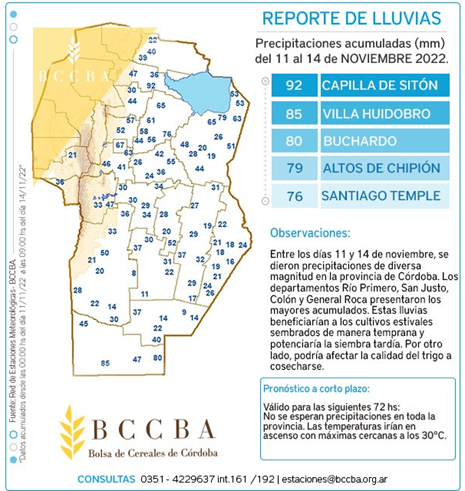
Regarding the thermal records, the temperatures of November register somewhat abnormal values according to area statistics. During the first and second week of November, the minimum temperatures were around 13°C, while the maximum temperatures were between 27°C and 29°C. (Source SMN).
Useful water distribution in Córdoba
The figure shows that, in the middle of November, in the peanut area, the values are between 30% and 50% of useful water in the soil profile (temporary optimum condition). With the exception of the southern part of the pampa and southwest of Buenos Aires, where the % of useful water exceeds values of 85%.
We can see that last month on the same date the useful water values did not exceed the minimum value, this accounts for the winter and dry spring that we have gone through.
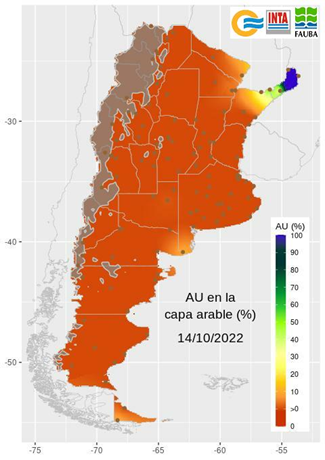
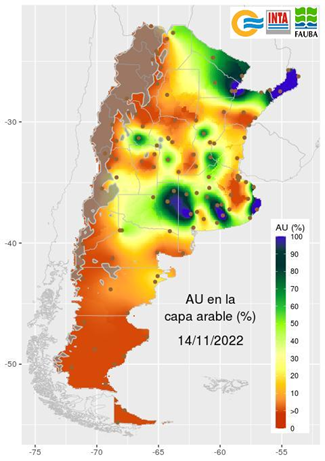
Extended forecast trends
In the following image the probabilities of occurrence of each event are modeled according to ENSO, it can be seen that the month of November (2022) continues with little probability of rainfall, followed by the months of December and January that show the same rainfall trend. according to the model. The occurrence of a El Niño is nil, but a neutral year begins to be evident in February 2023, with marked evidence of the La Niña over the El Niño phenomenon. Therefore, it would indicate that, if the ENSO simulation model is fulfilled, we would have a quite erratic campaign in terms of rainfall, since it could be scarce in some areas and abundant in others.
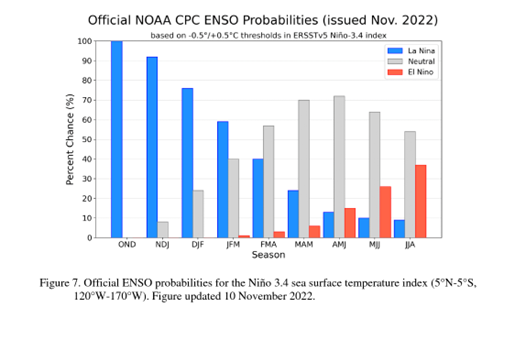
According to the dynamic and statistical models, on average, in the November-December-January 2022/2023 quarter (NDE), there is an 86% probability that La Niña conditions will continue, which would mean below-normal rainfall.
Projected field tasks
Plantings, which had started in the southern and eastern areas only due to better soil moisture conditions, are expected to spread to all the remaining peanut areas in Argentina thanks to the rains that occurred in the last week.
Weed treatments continue (pre-emergence) in all areas of our reference map. Taking into account that the forecasts for the spring and the beginning of the summer show rainfall below the historical average, it will be important to achieve an adequate control of weeds, since they directly compete with the crop for the use of water.
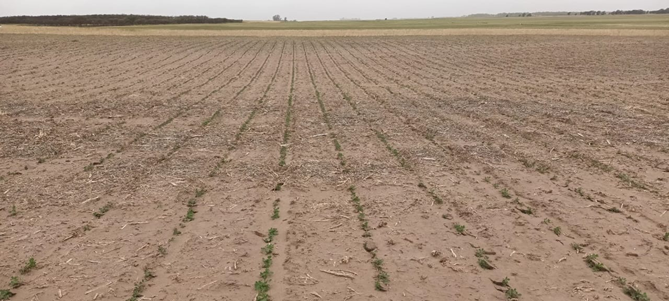
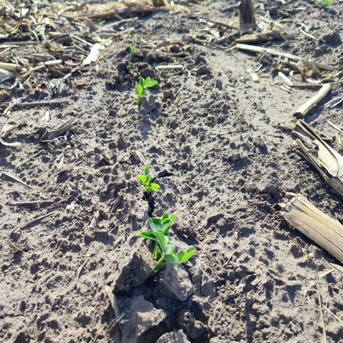
Conclusions
After an extremely dry winter and spring, the rains finally occurred in the last week to, at least, ensure the emergence of peanuts and continue planting tasks in Argentina. Taking into account the rainfall records, the planting cycle is expected to be completed within the time window that goes from October 20 to November 25.
Soon more rains will be needed to guarantee a good development of the crops. The recent rains were enough to continue and ensure that the planting tasks will be carried out within the expected period, but they are not enough to guarantee the development of the crop.
The tasks related to planting are in their completion stage, remaining only 26% of the total, basically in the north and central zone.
Plantings were generally started a few days later than in other seasons, because the soils did not have adequate temperature and humidity to achieve a good emergence.
Extended weather forecasts do not anticipate significant rainfall for the remainder of 2022, and indicate a La Niña situation through February.
A new peanut season has begun and while it is too soon to draw any meaningful conclusions, we anticipate this to be a challenging year. Planting has been possible within a relatively suitable date, and from now on, it will be necessary for rains to be able to overcome La Niña conditions.
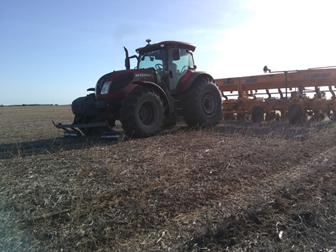
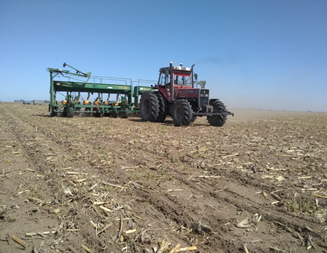
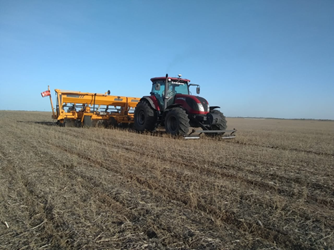
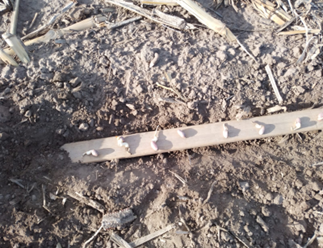
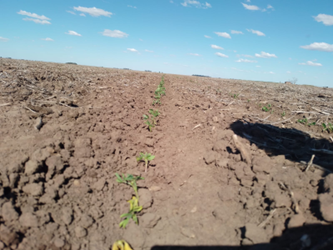
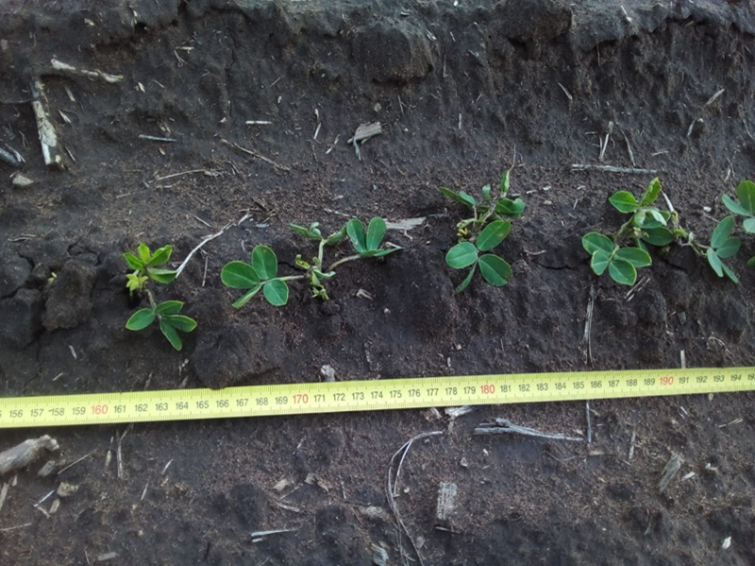
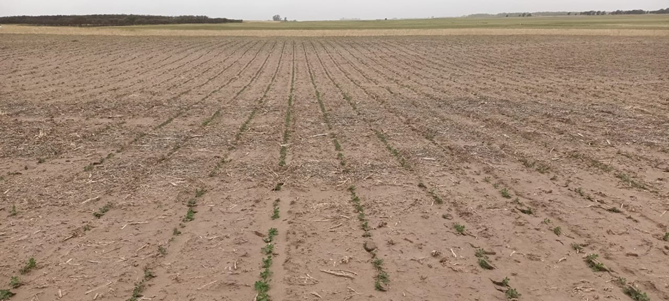
Do you have a commercial inquiry?
Other questions or comments?
